产品文献引用
2014年 AbMole首次被 Nature和Nature Medicine 引用

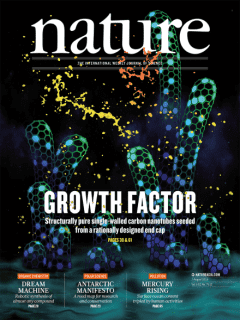
Nature. 2014 Aug 7;512(7512):78-81
Neuropathy of haematopoietic stem cell niche is essential for myeloproliferative neoplasms

Nat Med. 2014 Sep;20(9):1043-9
Alopecia areata is driven by cytotoxic T lymphocytes and is reversed by JAK inhibition

Nature. 2025 Jan;637(8045):402-411
Fetal hepatocytes protect the HSPC genome via fetuin-A

Cell. 2024 Dec 26;187(26):7374-7393.e28
Decoding transcriptional identity in developing human sensory neurons and organoid modeling
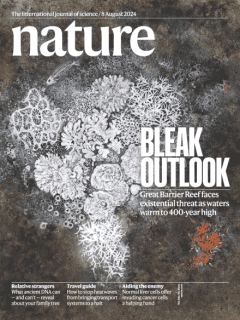
Nature. 2024 Aug;632(8024):411-418
In vivo interaction screening reveals liver-derived constraints to metastasis
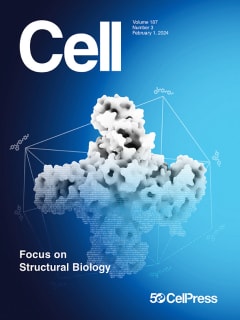
Cell. 2024 Feb 1;187(3):712-732.e38
Human fetal brain self-organizes into long-term expanding organoids

Nature. 2022 Aug;608(7923):609-617
Truncated FGFR2 is a clinically actionable oncogene in multiple cancers
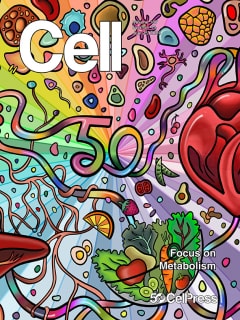
Cell. 2024 Jul 25;187(15):3936-3952.e19
Amplification editing enables efficient and precise duplication of DNA from short sequence to megabase and chromosomal scale
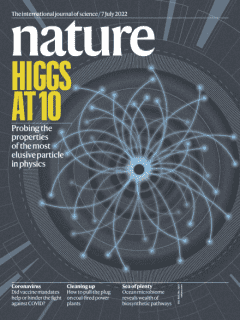
Nature. 2022 Jul;607(7917):149-155
Deciphering the immunopeptidome in vivo reveals new tumour antigens
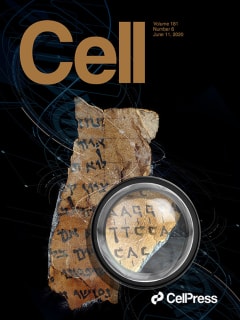
Cell. 2020 Jun;181(6):1291-1306.e19
High-Resolution mRNA and Secretome Atlas of Human Enteroendocrine Cells
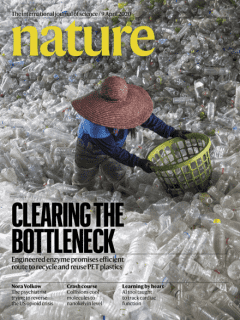
Nature. 2020 Apr;580(7802):269-273
Mutational signature in colorectal cancer caused by genotoxic pks+ E. coli

Cell. 2020 Jan;180(2):233-247.e21
Snake Venom Gland Organoids

Nature. 2017 Dec;552(7684):194-199
Alcohol-abuse drug disulfiram targets cancer via p97 segregase adaptor NPL4

Cell. 2019 Jun;177(7):1903-1914.e14
Visualizing Engrafted Human Cancer and Therapy Responses in Immunodeficient Zebrafish
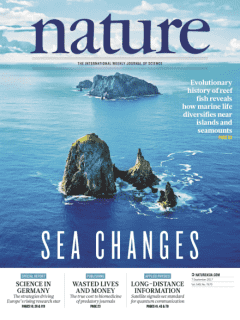
Nature. 2017 Sep;549(7670):96-100
Orthotopic patient-derived xenografts of paediatric solid tumours
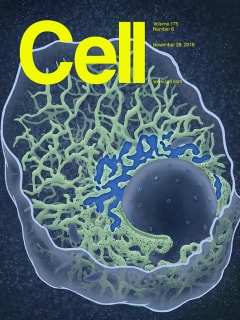
Cell. 2018 Nov;175(6):1591-1606.e19
Long-Term Expansion of Functional Mouse and Human Hepatocytes as 3D Organoids
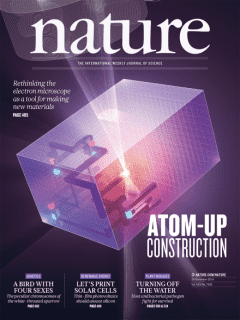
Nature. 2016 Nov;539(7630):560-564
Designer matrices for intestinal stem cell and organoid culture
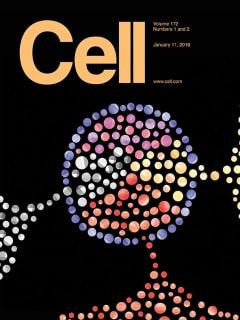
Cell. 2018 Jan;172(1-2):373-386.e10
A Living Biobank of Breast Cancer Organoids Captures Disease Heterogeneity
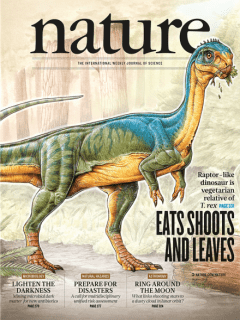
Nature. 2015 Jun;522(7556):349-53
MET is required for the recruitment of anti-tumoural neutrophils
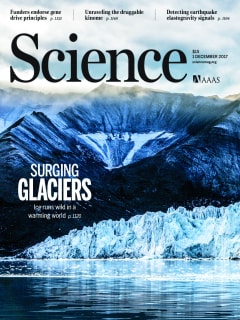
Science. 2017 Dec;358(6367):eaan4368
The target landscape of clinical kinase drugs
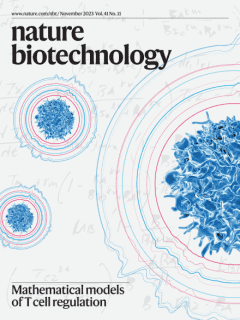
Nat Biotechnol. 2023 Nov;41(11):1567-1581
Engineered human hepatocyte organoids enable CRISPR-based target discovery and drug screening for steatosis
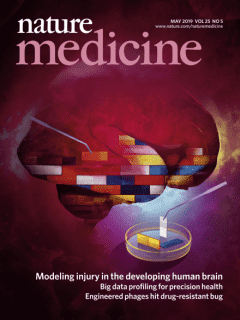
Nat Med. 2019 May;25(5):838-849
An organoid platform for ovarian cancer captures intra- and interpatient heterogeneity
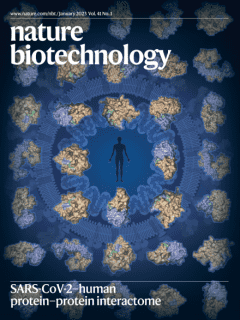
Nat Biotechnol. 2023 Jan;41(1):60-69
Uncovering the mode of action of engineered T cells in patient cancer organoids
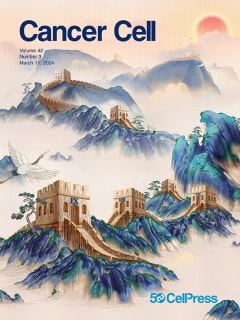
Cancer Cell. 2024 Mar 11;42(3):487-496.e6
Improved detection of colibactin-induced mutations by genotoxic E. coli in organoids and colorectal cancer
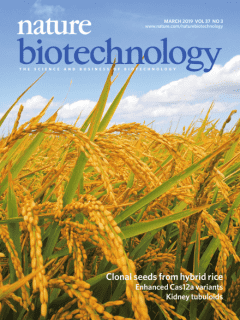
Nat Biotechnol. 2019 Mar;37(3):303-313
Tubuloids derived from human adult kidney and urine for personalized disease modeling
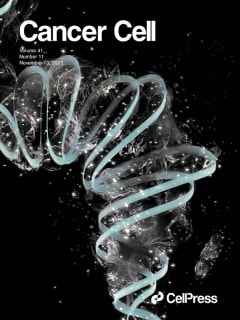
Cancer Cell. 2023 Nov 13;41(11):1945-1962.e11
Tumor-resident Lactobacillus iners confer chemoradiation resistance through lactate-induced metabolic rewiring

Cancer Cell. 2023 Dec 11;41(12):2083-2099.e9
Druggable growth dependencies and tumor evolution analysis in patient-derived organoids of neuroendocrine neoplasms from multiple body sites

Cancer Cell. 2024 Apr 8;42(4):535-551.e8
Pharmacogenomic profiling of intra-tumor heterogeneity using a large organoid biobank of liver cancer
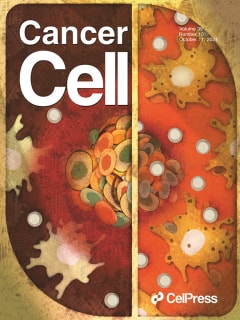
Cancer Cell. 2021 Oct;39(10):1342-1360.e14
The CD155/TIGIT axis promotes and maintains immune evasion in neoantigen-expressing pancreatic cancer
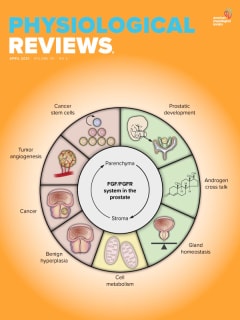
Physiol Rev. 2021 Apr 1;101(2):427-493
Role of O-Linked N-Acetylglucosamine Protein Modification in Cellular (Patho)Physiology
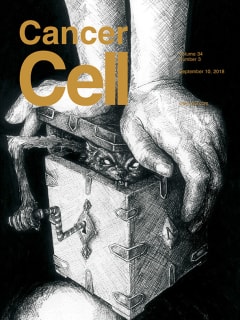
Cancer Cell. 2018 Sep;34(3):411-426.e19
Identification of Therapeutic Targets in Rhabdomyosarcoma through Integrated Genomic, Epigenomic, and Proteomic Analyses

Cell Res. 2023 Jun;33(6):464-478
SCUBE2 mediates bone metastasis of luminal breast cancer by modulating immune-suppressive osteoblastic niches

Cancer Cell. 2016 Oct;30(4):637-650
Enhancing the Cytotoxic Effects of PARP Inhibitors with DNA Demethylating Agents - A Potential Therapy for Cancer
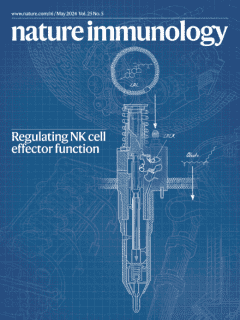
Nat Immunol. 2024 May;25(5):790-801
A dietary commensal microbe enhances antitumor immunity by activating tumor macrophages to sequester iron
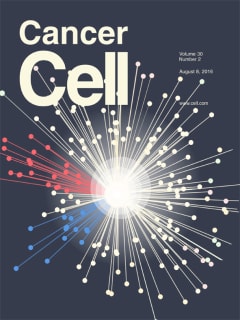
Cancer Cell. 2016 Aug;30(2):290-307
Regulation of OGT by URI in Response to Glucose Confers c-MYC-Dependent Survival Mechanisms
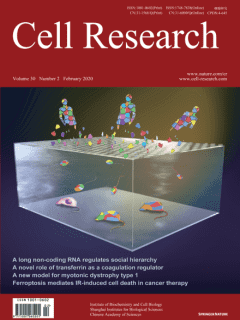
Cell Res. 2020 Feb;30(2):163-178
ILF3 is a substrate of SPOP for regulating serine biosynthesis in colorectal cancer
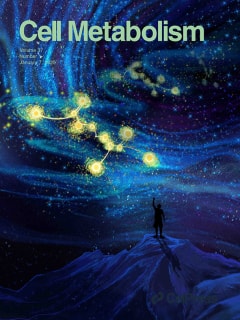
Cell Metab. 2025 Jan 7;37(1):169-186.e9
Microbiota-derived lysophosphatidylcholine alleviates Alzheimer's disease pathology via suppressing ferroptosis
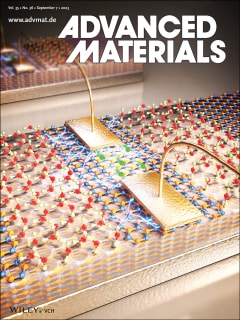
Adv Mater. 2023 Sep;35(36):e2301257
Targeted Reprogramming of Vitamin B3 Metabolism as a Nanotherapeutic Strategy towards Chemoresistant Cancers
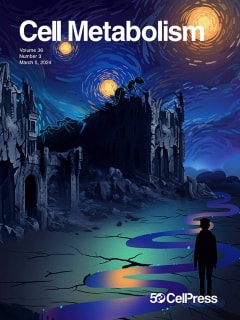
Cell Metab. 2024 Mar 5;36(3):466-483.e7
Psychological stress-induced microbial metabolite indole-3-acetate disrupts intestinal cell lineage commitment
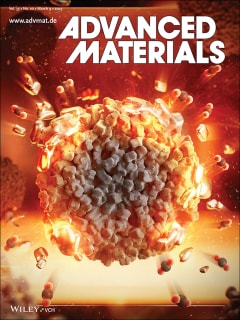
Adv Mater. 2023 Mar;35(10):e2209910
Acid-Ionizable Iron Nanoadjuvant Augments STING Activation for Personalized Vaccination Immunotherapy of Cancer
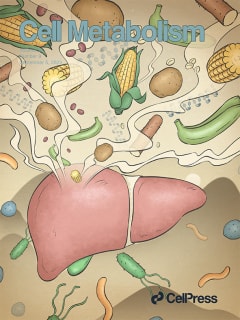
Cell Metab. 2023 Sep 5;35(9):1597-1612.e6
Lactate modulates iron metabolism by binding soluble adenylyl cyclase
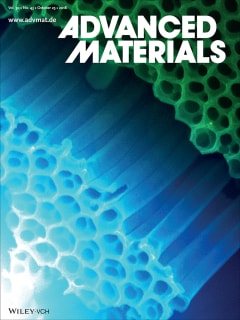
Adv Mater. 2018 Oct;30(43):e1801621
Growth of Epithelial Organoids in a Defined Hydrogel
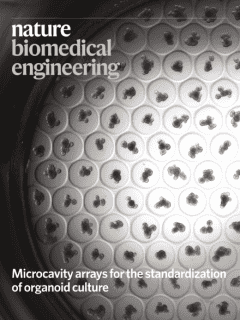
Nat Biomed Eng. 2020 Sep;4(9):863-874
High-throughput automated organoid culture via stem-cell aggregation in microcavity arrays
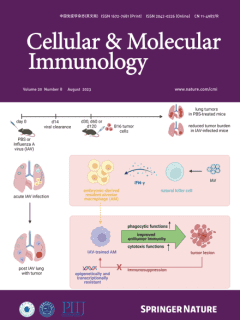
Cell Mol Immunol. 2023 Aug;20(8):908-923
A subpopulation of CD146+ macrophages enhances antitumor immunity by activating the NLRP3 inflammasome
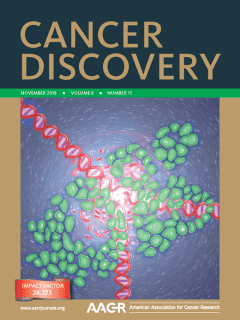
Cancer Discov. 2018 Nov;8(11):1404-1421
Prediction of DNA Repair Inhibitor Response in Short-Term Patient-Derived Ovarian Cancer Organoids
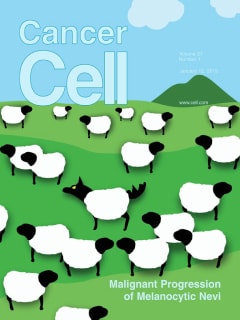
Cancer Cell. 2015 Jan;27(1):97-108
Measurement of PIP3 levels reveals an unexpected role for p110β in early adaptive responses to p110α-specific inhibitors in luminal breast cancer
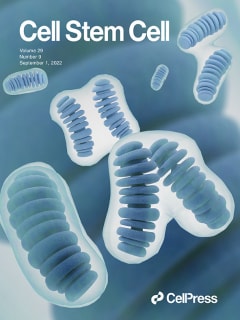
Cell Stem Cell. 2022 Sep 1;29(9):1333-1345.e6
Optimized human intestinal organoid model reveals interleukin-22-dependency of paneth cell formation
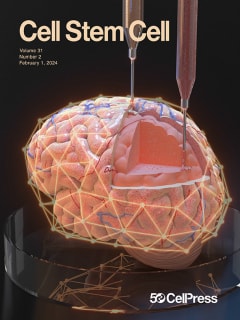
Cell Stem Cell. 2024 Feb 1;31(2):227-243.e12
Human conjunctiva organoids to study ocular surface homeostasis and disease





